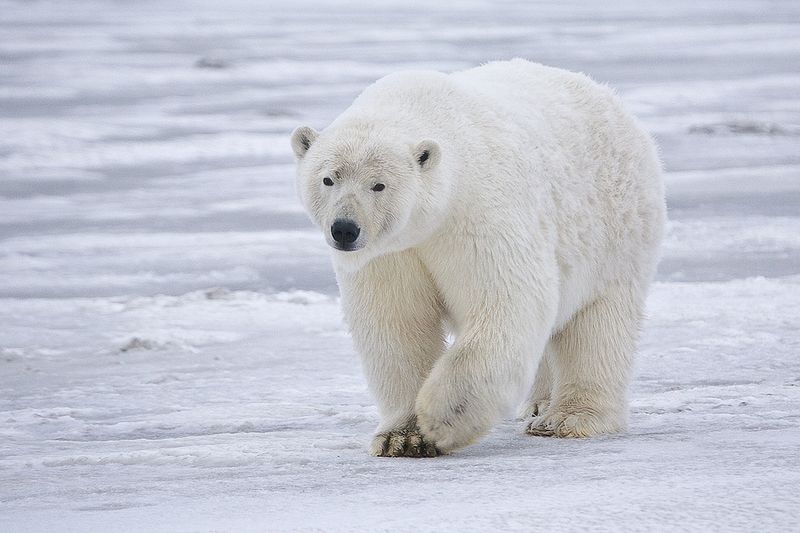 As regular CFZ-watchers will know, for some time Corinna has been doing a column for Animals & Men and a regular segment on On The Track... about out-of-place birds, rare vagrants, and basically all things feathery and Fortean.
As regular CFZ-watchers will know, for some time Corinna has been doing a column for Animals & Men and a regular segment on On The Track... about out-of-place birds, rare vagrants, and basically all things feathery and Fortean.Because we live in strange times there are more and more bird stories that come her way so she has now moved onto the main CFZ bloggo with a new column with the same name as her aforementioned ones....
Glaucous gulls arrive from Iceland in large numbers
 Again from the RSPB, Alan Tissiman, Communications Manager, writes that RSPB Scotland is reporting 'a major influx of Iceland glaucous gulls to the west coast of Scotland. Over 100 birds have been recorded in Argyll alone with many more being seen in the Western Isles and Orkney and Shetland.' Conservation officer Martin Scott, based in Stornoway, said “These are beautiful ghostly birds with a suitably frosty appearance given that they have come down from the Arctic.
Again from the RSPB, Alan Tissiman, Communications Manager, writes that RSPB Scotland is reporting 'a major influx of Iceland glaucous gulls to the west coast of Scotland. Over 100 birds have been recorded in Argyll alone with many more being seen in the Western Isles and Orkney and Shetland.' Conservation officer Martin Scott, based in Stornoway, said “These are beautiful ghostly birds with a suitably frosty appearance given that they have come down from the Arctic. "The two species concerned are very similar although the glaucous gull is generally larger than the Iceland gull.
“Unlike our resident herring gulls, the two Arctic species don’t have any black on the wing tips – that’s useful for identification purposes. Many of the birds seem to be juveniles and have a beautifully patterned delicate plumage when seen close to.
“Unusually we are seeing more Iceland gulls than glaucous gulls this year. I imagine the recent windy weather must be having an effect and is pushing the birds into Scottish waters from the Atlantic. Good places to see them are harbours, particularly where there are fishing boats. Stornoway is proving a great place to find them at the moment but judging by reports the birds are being seen all around the Scottish coast. They are well worth looking out for!”
http://www.rspb.org.uk/media/releases/302178-ghostly-birds-from-the-arctic-flock-to-scotland
~~~~~~~~~~~~~~~~~~~~~~~~~~~~~~~~
‘Lady of the Loch’
Scottish Wildlife Trust’s famous female osprey, known as ‘Lady of the Loch’ by her worldwide fans, has had a film produced about her. She has been returning to Loch of the Lowes in Perthshire and regularly producing chicks consecutively for the last 21 years. Filmmaker Lisa Trainer has included footage taken by a high definition camera installed in the osprey’s nest along with other filming. You can see the film here:
http://scottishwildlifetrust.org.uk/news/film-celebrates-world-famous-osprey/
You can also watch a webcam live from the loch at: http://scottishwildlifetrust.org.uk/things-to-do/wildlife-webcams/loch-of-lowes/
Back in June 2010 there were concerns that she would die as footage showed her very ill in her nest, but she survived and is thought to be the oldest breeding female ever recorded in the UK, producing around 59 eggs from which 48 chicks survived. At the age of 26 in 2011 she has confounded experts by outliving what they thought was a life-span of 8 years! Undertaking a round trip of 6,000 miles to winter in Gambia is a pretty amazing feat considering her age. In the 1950s the osprey re-colonised the UK naturally after being persecuted to extinction as a breeding bird here in 1916. It is not as common as the golden eagle and there are only around 200 breeding pairs across Britain. But it seems that ‘Lady’ is doing her bit for the species.
Somerset’s wild cranes
Go to: http://www.wildlifeextra.com/go/news/somerset-cranes12.html to find more information on how you can experience “the magic of Somerset’s first wild reintroduced cranes.”

Wild cranes used to be a common sight on the Somerset Levels and Moors 400 years ago but hunting and habitat changes forced the birds to disappear. If you would like to be a part of one of the six events to hear a talk, have refreshments, see a video and see the flock of thirty wild cranes, click on the link above. You can also find out more about the Great Crane Project by visiting: http://www.thegreatcraneproject.org.uk/
They are magnificent-looking birds and can be up to 4ft (1.2m) tall, being around 20% larger than the grey heron. Our tallest breeding bird, they have a wingspan of up to 8ft (2.2-2.45m), which is even bigger than a white-tailed eagle.
Glaucous gull picture: http://en.wikipedia.org/wiki/File:Larus_hyperboreus-USFWS.jpg











 Continuing the series on California Monsters:
Continuing the series on California Monsters:








